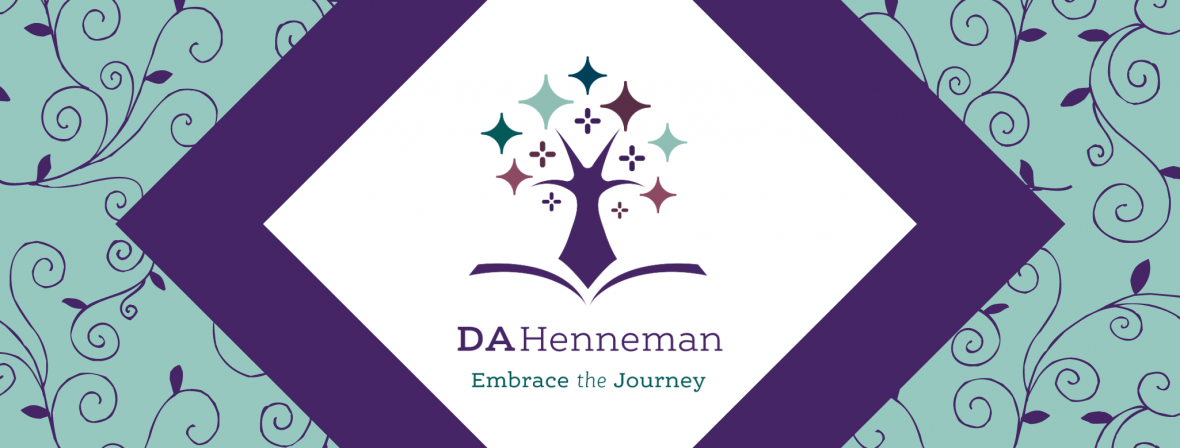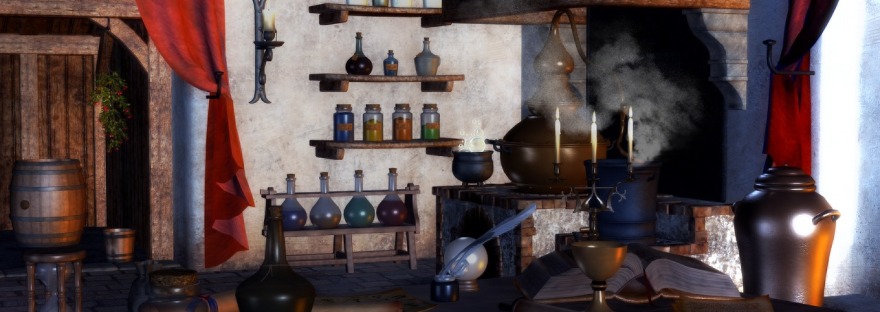I went back in time pretty far with my post on Isis, and during my research was introduced to more ancient deities that were worth a gander. Much like Hecate, the Triple Goddess of Mecca had three distinct personalities and purposes, and was tied to the lunar cycle, fertility, and death, worship of Al-Uzza, Al-Lat and Manat predate much of what we relay today as myth and legend. While I did have a hard time finding “stories” about these fascinating goddesses, I did find things worth noting which tie in to my witchcraft series.

By virtue of the types of magic these deities were known for, and for their connections to the neo-pagan invoking of Maiden, Mother, Crone, there are ancient ties to the craft. So we head now to the Arabian Peninsula to chat about the three goddesses who were said to be the daughters of Allah himself, or at least at one point that seemed to be the case. As always, please let me know if I get something wrong as I am learning about these goddesses right along with you. So lets begin…
Origins of Al-Uzza, Al-Lat and Manat
The three goddesses Al-Uzza, Al-Lat and Manat, formed a goddess triad in Pre-Islamic Arabia. The history of this era was told through materials which were written primarily from other traditions, such as Egyptians, Persians, Romans and Greeks. Oral traditions were later relayed by Islamic scholars, similar to what was happening in other countries who hadn’t quite conquered the written language. There were several settled communities but there is limited information on them, most of which has been put together from archaelogical studies. These civilizations arose around 3000 BCE and lasted until the rise of Islam starting in 610. The Muslims call that time and what happened in pre-Islam “jahilyyah” – or age of ignorance.
During this “age of ignorance” it is said that the civilizations worshiped 360 gods at the Kabah in Mecca, however, the Moon-god, Allah, is thought to have been the chief deity. He was represented by a crescent moon, and Mecca was built as a shrine for the Moon-god. The Moon-god’s wife was the Goddess of the Sun, and with her he had three daughters who each had separate shrines near Mecca. It was thought that they acted as intermediaries between Allah and his people.

Al-Uzza (Maiden) was associated with the stars, and was the Goddess of justice, war, honor and passion. She later became the protector of ships on ocean voyages. Her temple was thought to be at Petra, and she may have been considered the patron goddess of that city. She has connections with the acacia tree, and she was thought to descend upon three of them which were planted at her santuary at Nakhlah. Large cats are sacred to her.
Al-Lat (Mother), who closely related to Al-Uzza and sometimes thought of as the same goddess, was the Goddess of fertility, springtime and prosperity. Like her father, she is associated with the moon. She was worshiped in Palmyra, and there is mention of the practice of using divination arrows to determine the future, similar to reading runes or tea leaves. The Lion of Al-Lat depicts a lion, which represents her consort and a gazelle that represents her tenderness and love. Bloodshed was not something she tolerated. The monument was damaged in 2015 by ISIL, but has since been restored and stands in the the National Museum of Damascus. You can check out this quick video to see it.
Lastly, Manat (Crone) was associated with fate, time, fortune, and death and is thought to be an ancient deity that predates her sisters. She is thought to be among the most ancient deities of the Semitic pantheon as well. Her temple was on the coast of the Red Sea between Mecca and Medina, and pre-Islamic Arabians wouldn’t consider their pilgrimage complete without visiting her idol. Manat was thought to watch over graves, so much so, that inscriptions were found cursing anyone who buried anyone other than the person intended to have it as their final resting place. She is associated with the waning moon, and is often shown as an old woman holding out the cup of death.
Stories of the Triple Goddess
Without digging deeper into a theological rabbit hole, I wasn’t able to find traditional “stories” or myths about these Goddesses. However, I did find reports that during the conversion of Mecca to Islam, there were references made of the Goddess Triad which were later removed and listed as Satanic Verses. I am not a historian, but it seems to me, this is very similar to how other religions eased the people into worshiping a single God. It seemed to be common practice to take the ceremonies and holidays from the pagans and merge them over time to support a monotheistic religion. As we have seen in past posts, that is when many Gods and Goddesses met their demise.

Al-Uzza, Al-Lat and Manat in Witchcraft today
The Nabataean kingdom was annexed by the Roman Empire in 106 AD, and its capital city Petra is now an area rich with archaeological sites. The Al-Khazneh temple is a stunning example of what can be found in the area today.
I came across some interesting points in an article by Sarah P. Young entitled, “Were the Women of Petra More Important Than The Men?” She states that the role of women in Petra was important based on the high regard for female deities and the fact that their priestesses were so well-respected. A set of scrolls was uncovered in 1961, which evidenced that women could own property, and held status by their own right. I find that super interesting, and have to wonder if perhaps the persecution of “witches” occurred much sooner than what history tells us. Otherwise, why would these women from the past willingly give up their rights and powers?
Much like Hecate or Brigid, the triple goddess lives on for pagans who wish to be more connected to the feminine and the cycle of life. These goddesses represent the innocence and purity of the beginning of our lives, the fulfillment of the lives we live, and the final destiny we must all face. Much like the seasons, we appreciate that there is a time and purpose for all things. The triple goddesses guides us through each of those seasons, which I find comforting.
I hope you enjoyed learning a little more about these Goddesses, I know I sure did! I have included some clips below as well as some other links that will give you more information on the pre-Islamic Goddess Triad should you be interested. As always, feel free to link to more resources in your comment below.
In the meantime, stay tuned for future segments! We will be travelling to other places around the globe to check out Goddesses of Witchcraft in other cultures. To make it easy, I have started an index of my #MythicalCreatureMonday posts which you can link to here.
Who has been your favorite Goddess so far? Be sure to let me know if the comments below! Happy Reading! XO
Pre-Islamic Goddesses – Al-Lat, Al-Uzza, & Manat
More resources to check out:
http://www.thewhitegoddess.co.uk/divinity_of_the_day/arabian_gods_and_goddesses.asp
https://journeyingtothegoddess.wordpress.com/2012/08/16/goddess-al-lat/
https://www.spiralnature.com/spirituality/manat-the-pre-islamic-goddess-of-time-fate-and-death/
https://www.ancient-origins.net/ancient-places-asia/women-petra-0011401


You must be logged in to post a comment.